Unlocking Virtual Horizons: The Evolution of Open-World Games
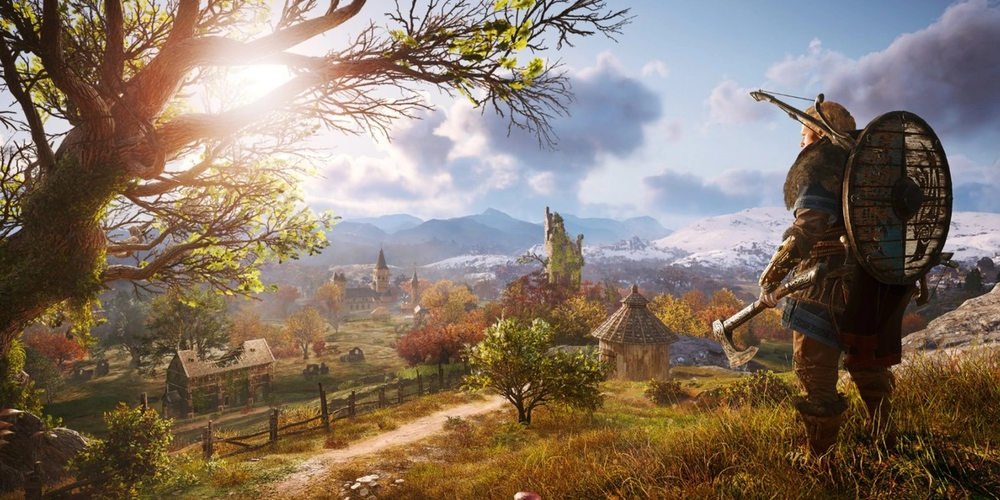
The landscape of video games has seen a monumental shift over the decades, with open-world games carving out a vast portion of this dynamic terrain. These games have evolved from simple, pixelated beginnings to complex, lifelike simulations, offering players an unparalleled sense of freedom and immersion. This progression signifies not only advancements in technology but also a shift in game design ideology and methods of engaging players.
The Early Days: Setting the Stage for Exploration
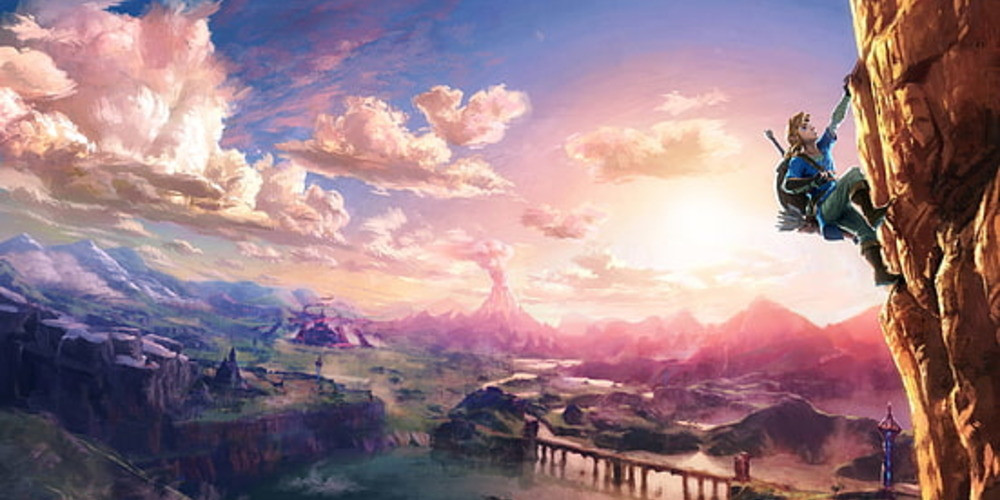
Open-world gaming found its initial footing in the 1980s with titles such as "The Legend of Zelda". These early entries into the open-world genre broke away from the linear gameplay that characterized most video games of the time. Instead of guiding players through a fixed sequence of levels or stages, "The Legend of Zelda" presented a sprawling map to explore at the player's leisure. This freedom was revolutionary, laying the groundwork for future advancements in open-world design.
The 3D Revolution: A New Perspective on Open Worlds

In the late '90s and early 2000s, the shift towards 3D gaming revolutionized open-world experiences, with "Grand Theft Auto III" leading the charge. This game introduced players to a sprawling urban environment ripe for exploration, setting a new standard for player freedom and interaction within a game's universe. This leap to 3D environments allowed developers to craft more detailed and immersive worlds, setting a new standard for what players expected from open-world games.
Technology and Design Innovations: Raising the Bar
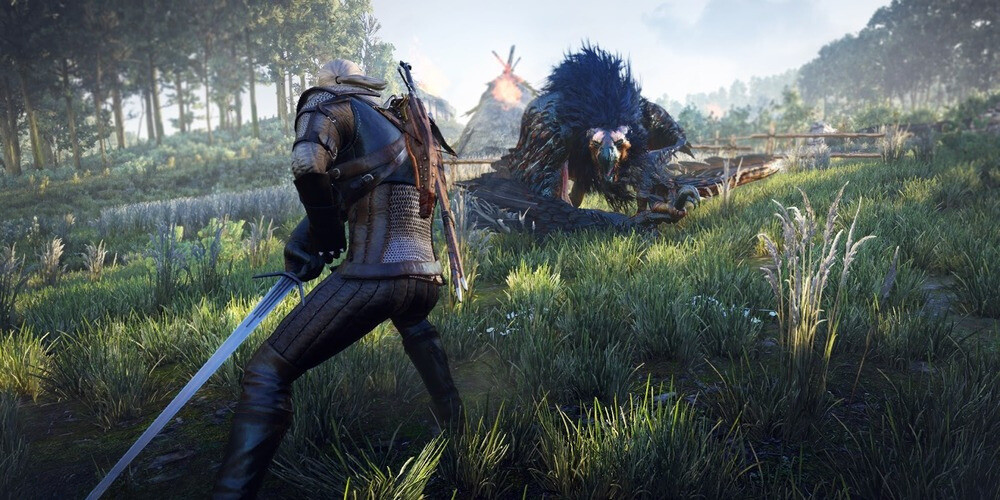
Advancements in technology have allowed open-world games to evolve significantly, leading to the creation of vast and intricate environments. Games such as "The Witcher 3: Wild Hunt" and "Red Dead Redemption 2" stand out for their immersive worlds and the richness of their narratives and interactive elements. These games introduced dynamic weather systems, day-night cycles, and AI behaviors that made their worlds feel alive. The attention to detail and the emphasis on creating a living, breathing environment marked a new era in open-world game design.
Player Agency and Narrative Depth: A Balancing Act
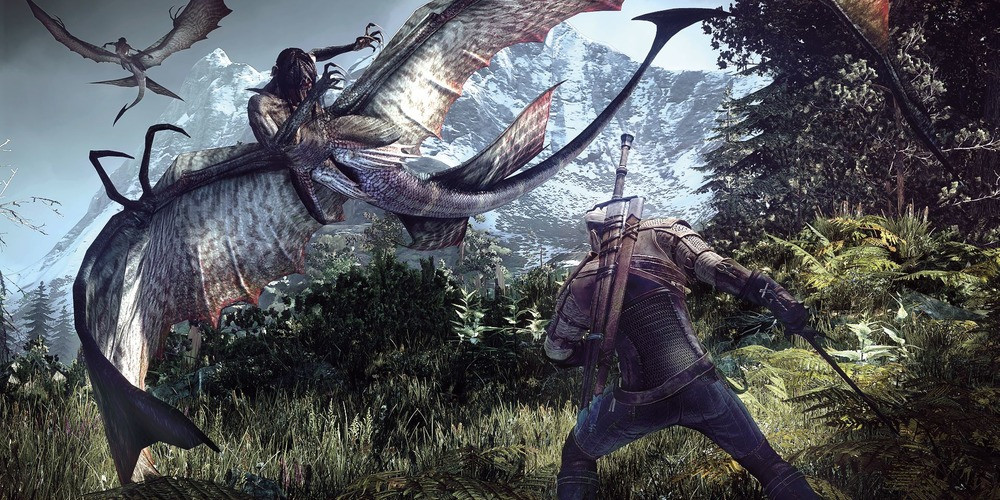
One of the most significant evolutions in open-world games has been the integration of deep, branching narratives that respond to player choices. This shift towards player-driven storytelling has added a new layer of immersion, making every decision feel impactful. Games like "The Witcher 3" have shown that it's possible to balance vast open worlds with rich, character-driven narratives, offering a compelling reason to explore every nook and cranny.
The Future: Beyond the Horizon
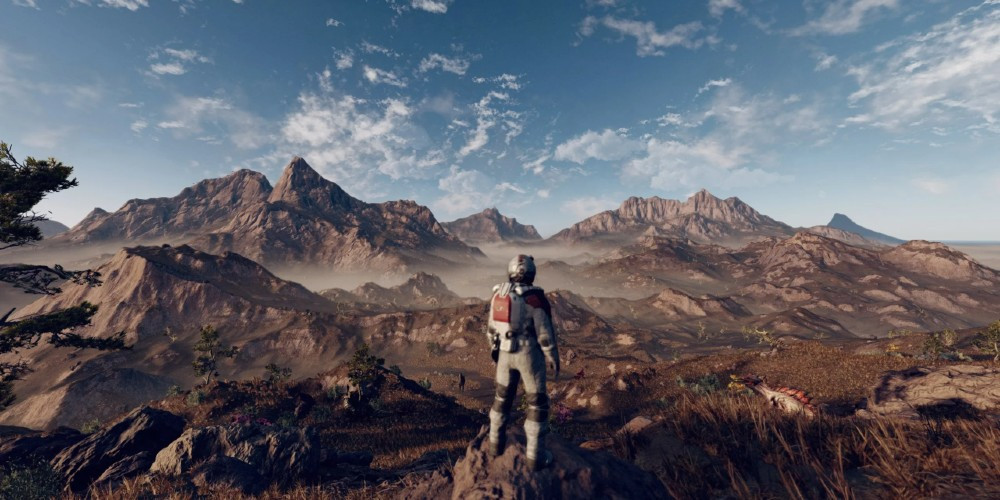
Looking to the future, titles like "Starfield" promise to push the boundaries of what's possible in open-world gaming even further. With advancements in technology and game design, we're on the cusp of experiencing worlds that are more detailed, interactive, and immersive than ever before. The evolution of open-world games is far from over, and the next generation of titles is sure to redefine our expectations once again.
Conclusion
The journey of open-world games from their humble beginnings to the sprawling digital universes of today is a testament to the creativity and innovation of game developers. As technology progresses, the realms we delve into will also transform, presenting limitless opportunities for exploration and new experiences. The evolution of open-world games reflects the ever-changing landscape of video gaming itself—unpredictable, exciting, and always pushing the boundaries of what's possible.
Latest posts
See more-
![The Last of Us Part II: In-Depth Character Analysis and Storyline Exploration]() Editor’s Choice
2024-08-11
The Last of Us Part II: In-Depth Character Analysis and Storyline Exploration
The Last of Us Part II is an action-adventure video game that has gained significant popularity since its inception. Developed with immense creative prowess by...
Editor’s Choice
2024-08-11
The Last of Us Part II: In-Depth Character Analysis and Storyline Exploration
The Last of Us Part II is an action-adventure video game that has gained significant popularity since its inception. Developed with immense creative prowess by...
-
![CrossCode Developer Announces Alabaster Dawn, Enters Early Access in Late 2025]() News
2024-08-12
CrossCode Developer Announces Alabaster Dawn, Enters Early Access in Late 2025
In 2021, Radical Fish Games initially introduced a new action RPG titled Project Terra. Now, they have officially named it Alabaster Dawn and announced that...
News
2024-08-12
CrossCode Developer Announces Alabaster Dawn, Enters Early Access in Late 2025
In 2021, Radical Fish Games initially introduced a new action RPG titled Project Terra. Now, they have officially named it Alabaster Dawn and announced that...
-
![Alabaster Dawn Planned to Have 30-60 Hours of Playtime, Demo Launching in Early 2025]() News
2024-08-13
Alabaster Dawn Planned to Have 30-60 Hours of Playtime, Demo Launching in Early 2025
Radical Fish Games has made an exciting announcement regarding their upcoming action RPG, Alabaster Dawn, which is set to enter early access in 2025. In...
News
2024-08-13
Alabaster Dawn Planned to Have 30-60 Hours of Playtime, Demo Launching in Early 2025
Radical Fish Games has made an exciting announcement regarding their upcoming action RPG, Alabaster Dawn, which is set to enter early access in 2025. In...
Latest Reviews
See more-
![]() Action
Cult of the Lamb
Action
Cult of the Lamb
-
![]() Action
WILD HEARTS™
Action
WILD HEARTS™
-
![]() Casual
Gacha Club
Casual
Gacha Club
-
![]() Action
Call of Duty®: Warzone™ 2.0
Action
Call of Duty®: Warzone™ 2.0
-
![]() Action
Gacha Cute
Action
Gacha Cute
-
![]() Action
Cuphead - The Delicious Last Course
Action
Cuphead - The Delicious Last Course










